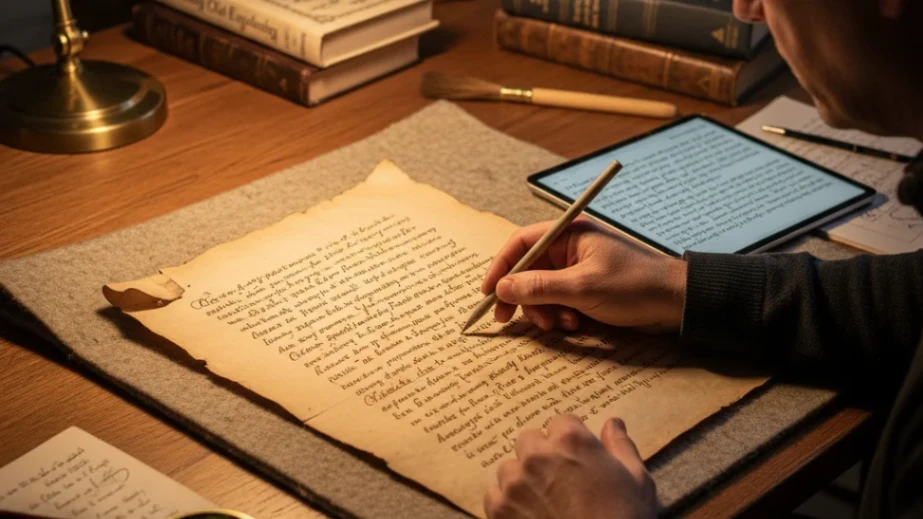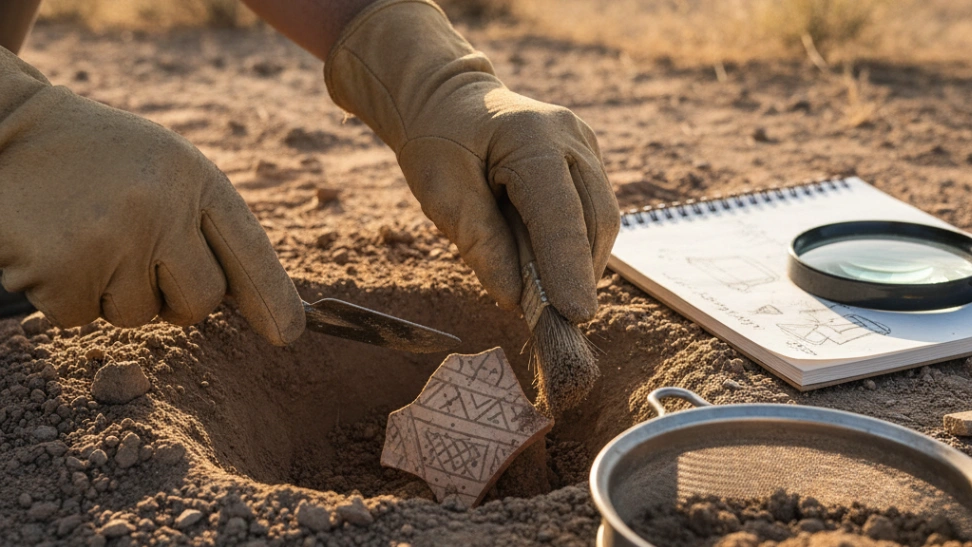The practice of paleography itself dates back to the early modern period, emerging as a critical discipline for scholars and historians seeking to authenticate and understand ancient and medieval texts. Initially, it was a specialized field within monasteries and universities, vital for preserving and studying religious and classical works. Over centuries, as handwriting styles evolved and varied across regions and social classes, the need for systematic study became more pronounced. The invention of the printing press in the 15th century eventually reduced the widespread use of manuscript production, but it concurrently underscored the importance of deciphering older texts for historical and genealogical research. Amateur paleography, as a hobby, has seen a resurgence in recent decades, largely fueled by the digitization of historical archives and the public's growing interest in genealogy and local history. Digital platforms now allow individuals to access vast collections of primary sources from around the globe, making the once-exclusive domain of professional scholars accessible to passionate enthusiasts eager to uncover hidden narratives. This accessibility has democratized the field, allowing anyone with dedication and a methodical approach to contribute to the understanding of historical documents. The foundational principles, however, remain the same as those developed by early paleographers: systematic analysis of letter forms, abbreviations, and textual context.
Engaging in amateur paleography requires a blend of patience, attention to detail, and a genuine love for history. Beginners typically start by familiarizing themselves with common scripts from a specific period or region, such as English Chancery hand from the 17th century or German Kurrent script. This involves studying exemplars, learning characteristic letter formations, common abbreviations (ligatures, suspensions, contractions), and the evolution of letter shapes over time. Resources like online tutorials, specialized textbooks, and community forums are invaluable for this initial learning phase. As one progresses, the challenges shift from recognizing individual letters to interpreting entire words, phrases, and ultimately, understanding the full context of a document. Transcription is a core activity, where the paleographer meticulously converts the original handwritten text into a readable, typewritten format, often noting any ambiguities or damage to the original. This process is akin to solving a complex puzzle, where each deciphered word brings greater clarity to the historical narrative embedded within the manuscript.
While modern technology has made paleography more accessible, the fundamental "tools" remain intellectual: a sharp mind, keen eyesight, and a methodical approach. Physically, a good magnifying glass, access to digital archives, and specialized software for image manipulation (to enhance contrast or clarity) can be extremely helpful. Online communities and forums dedicated to paleography, genealogy, and historical research play a crucial role for amateurs. These platforms provide spaces for sharing challenging documents, asking for assistance with difficult transcriptions, and celebrating discoveries. Collaborative projects, such as transcribing large collections for historical societies or academic institutions, also offer amateurs opportunities to contribute to broader historical understanding. The sense of camaraderie and shared intellectual pursuit within these communities is a significant draw, transforming what might seem like a solitary pursuit into a collaborative endeavor. These interactions allow for the sharing of best practices, discussions on historical context, and mutual support when encountering particularly challenging scripts or damaged documents.
Beyond the personal satisfaction of deciphering a challenging text, amateur paleography offers numerous benefits. It hones critical thinking, problem-solving, and research skills. It deepens one's understanding of history, linguistics, and cultural evolution. For genealogists, it can unlock crucial family history information previously inaccessible. For local historians, it sheds light on the daily lives, economic activities, and social structures of past communities. The contributions of amateur paleographers to indexing and transcribing digitized records are invaluable to professional researchers, helping to make vast archives more searchable and understandable for everyone. This hobby is not merely about reading old writing; it is about preserving history, breathing life into forgotten voices, and contributing meaningfully to our collective past. It fosters a profound appreciation for the written word and the human stories it carries across generations, bridging the gap between the past and the present in a uniquely personal and impactful way.



